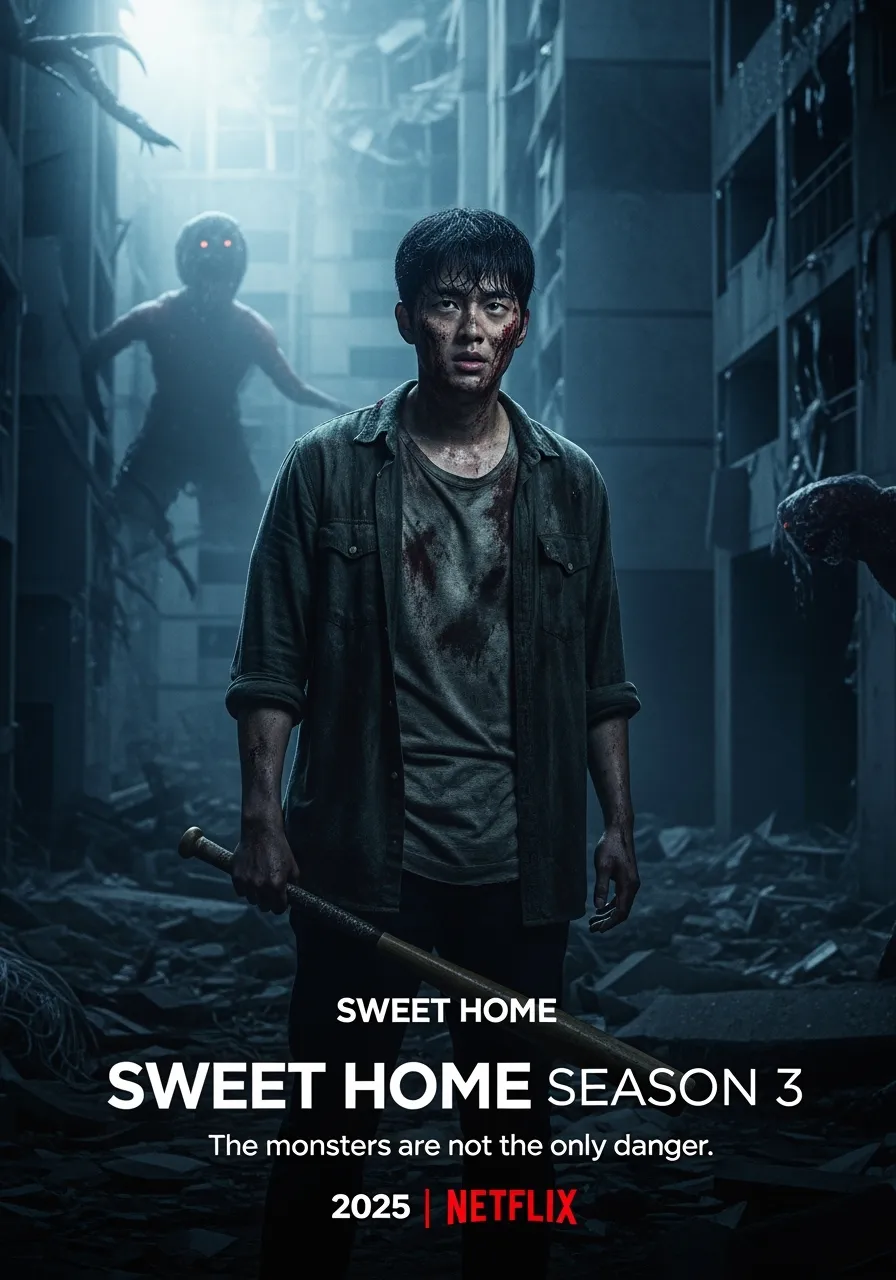I. PLOT OVERVIEW
Treehouse (2015) is a slow-burn horror film that takes its time building an atmosphere of dread, isolation, and psychological unease. The story revolves around two brothers, Killian (J. Michael Trautmann) and Crawford (Daniel Fredrick), who, while out in the woods on a quiet excursion, stumble upon a strange and unsettling situation. They encounter Elizabeth (Dana Melanie), a young woman who is hiding in an abandoned treehouse, escaping from an unknown and terrifying pursuer.
What begins as a simple act of helping her soon turns into a fight for survival. The treehouse, once a safe haven, becomes the trio’s only refuge from the unknown threat lurking outside. As they navigate this perilous situation, they realize that the danger isn’t just external—it’s also psychological, as they are forced to confront their own fears, doubts, and the possibility that they might not escape alive.

The film uses its minimalist setting and slow-building tension to highlight the fragility of safety and the depths of fear that come when trust and survival are all that matter.
II. THEMES & ATMOSPHERE
At its core, Treehouse explores survival and the psychological toll of fear. The film’s central theme is not just about escaping a physical threat, but about the emotional and mental strain of being trapped in a hostile environment. The treehouse itself acts as both a literal and metaphorical sanctuary. It’s a fragile, precarious refuge that offers temporary protection but can be easily broken through.
The film also examines trust and the bonds formed in the face of adversity. Killian, Crawford, and Elizabeth must rely on each other despite their unknown pasts and the ever-growing tension between them. The suspense lies not only in the external danger they face but in the uncertainty of whether they can trust each other or if the true threat lies within.

Visually, the film thrives on its atmosphere. The wooded setting is both beautiful and unnerving, with towering trees and vast silence surrounding the characters. As the night falls, the isolation grows more oppressive, and the film leans heavily into the psychological horror of not knowing who or what is lurking just beyond the treehouse walls. The looming darkness and the occasional eerie sounds in the distance create a sense of claustrophobia, where the only certainty is the rising terror.
III. CHARACTER DEVELOPMENT & PERFORMANCE
The strength of Treehouse lies in its character-driven narrative, where the true horror emerges from the characters’ reactions and psychological unraveling rather than any supernatural creatures or gore.
-
J. Michael Trautmann, playing Killian, brings a grounded realism to his role. Killian is the more cautious of the two brothers, and his internal struggle—between wanting to help and fearing for his own safety—adds a relatable layer to his character. His performance portrays vulnerability without losing the resolve needed to survive.
-
Daniel Fredrick as Crawford provides a contrasting character—bolder and more reckless. His journey is about confronting the fear he refuses to acknowledge, making his arc compelling and essential to the film’s emotional depth.
-
Dana Melanie portrays Elizabeth with both fragility and strength. Her character is pivotal, as she represents both the mystery and the emotional core of the film. Her vulnerability hides a deeper resilience, and her performance reflects the internal conflict of someone who has already faced trauma and is now confronting an even greater terror.

IV. CINEMATOGRAPHY & DIRECTION
Director Michael G. Bartlett makes the most of the film’s minimalist setup, using tight framing and long, lingering shots to build tension. The camera often lingers on characters’ faces, highlighting their fear and uncertainty, making the viewer feel just as trapped and vulnerable as the protagonists.
The cinematography uses the environment to its fullest—dark, shadowy, and vast. The forest feels both beautiful and menacing, offering moments of peace that quickly turn into scenes of creeping dread. The treehouse, a simple yet essential setting, is captured with meticulous detail, emphasizing its vulnerability.
The pacing, though slow, is purposeful. Bartlett carefully teases out the story, allowing the tension to simmer before it boils over into a heart-pounding climax. By focusing on the psychological impact of being trapped in a seemingly safe space, the film keeps viewers on edge, building anticipation with every passing minute.
V. FINAL VERDICT
Treehouse (2015) is a taut, atmospheric horror-thriller that excels in building psychological tension over physical terror. It’s not a film about shocking scares or gruesome violence but about the slow, creeping realization that the true terror often lies within. The film plays on primal fears: isolation, trust, and the fear of the unknown.

Though it may not appeal to those seeking traditional horror with jump scares or explicit gore, Treehouse offers a compelling and nuanced take on psychological survival. It’s a reminder that the greatest horrors are often those that cannot be seen, only felt.
Rating: 7.5/10
A gripping, character-driven thriller that delivers suspense and psychological horror in equal measure. Treehouse is a haunting reminder that sometimes, the greatest threat is the one that follows you, even after you think you’ve escaped.
-1752123099-q80.webp)


-1740282288-q80.webp)
-1747716802-q80.webp)